Telehealth Reverse Diabetes With Nutritional Fitness | Free Trial In Texas
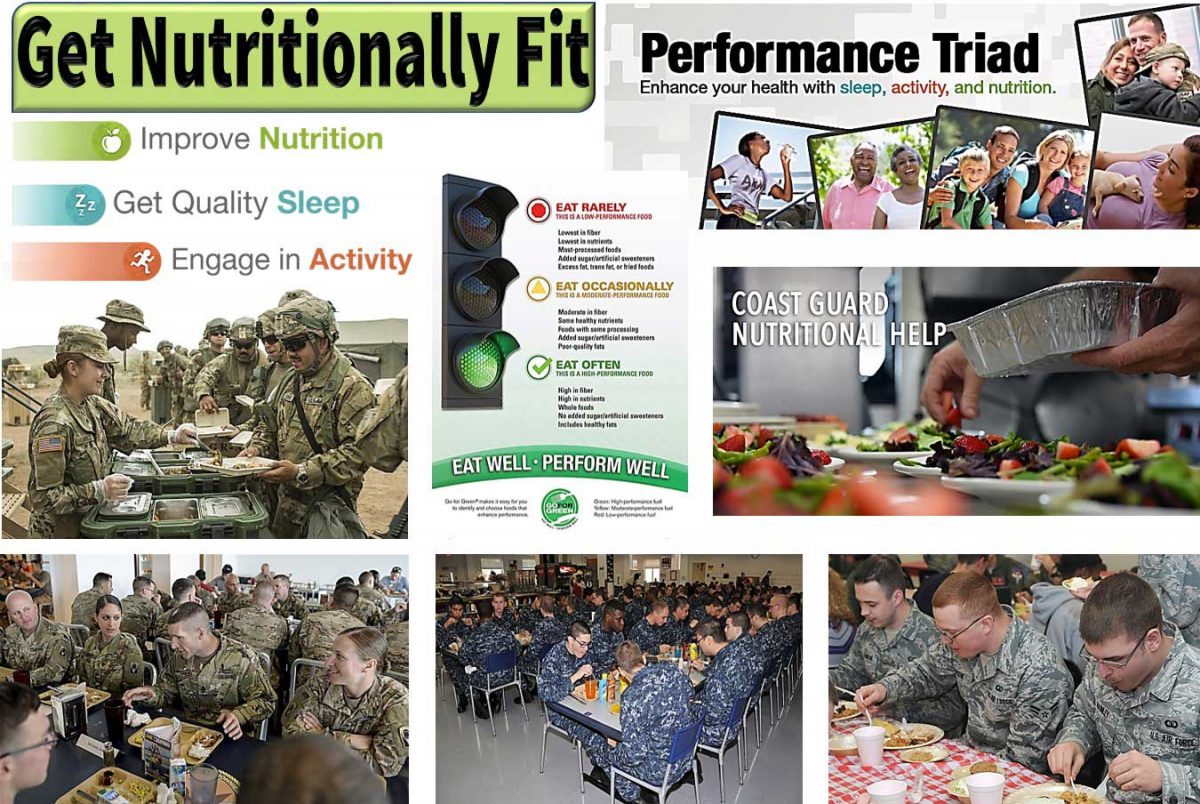
Nutritional fitness and resilience. A military concept. Ready for anything. Withstand and learn from adverse situations and inadequate resources. All part of health, morale and superior performance.
The military considers nutritional fitness like physical fitness and behavioral fitness. Measure it, improve it, protect it and exploit it. The healthy good guys will always surmount the careless bad guys.
Let us help you learn and profit from total health fitness.
To learn more about programs Herd Healthcare offers, our website is:
www.herdhealthcare.com
Nutritional Fitness In The Military
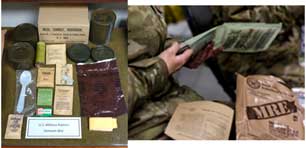 Feeding a hungry army at war has always been a major issue. Especially troops on the move. The C-Ration, K-Ration, MCI (Meal, Combat Individual) and MRE (Meal, Ready to Eat) are well-known, heavily disliked Food for Fighters. The objective feeding an army at war is to provide 3,000 kcal a day for every warrior wherever troops are going.
Feeding a hungry army at war has always been a major issue. Especially troops on the move. The C-Ration, K-Ration, MCI (Meal, Combat Individual) and MRE (Meal, Ready to Eat) are well-known, heavily disliked Food for Fighters. The objective feeding an army at war is to provide 3,000 kcal a day for every warrior wherever troops are going.
Nutritional fitness in peacetime is more concerned with total health and performance of military forces and their families. Whether stationed at home, employed elsewhere nationally or deployed somewhere internationally.
Nutritional Fitness As Part Of Total Health Fitness
Concept of total fitness is to be ready for anything. Resilient and able to respond and adapt. The ultimate objective is an ideal state of health, happiness and performance.
Concept of resilience is the ability to withstand, recover from, and grow in the face of stressors, adverse situations and inadequate resources.
Components of total health fitness include:
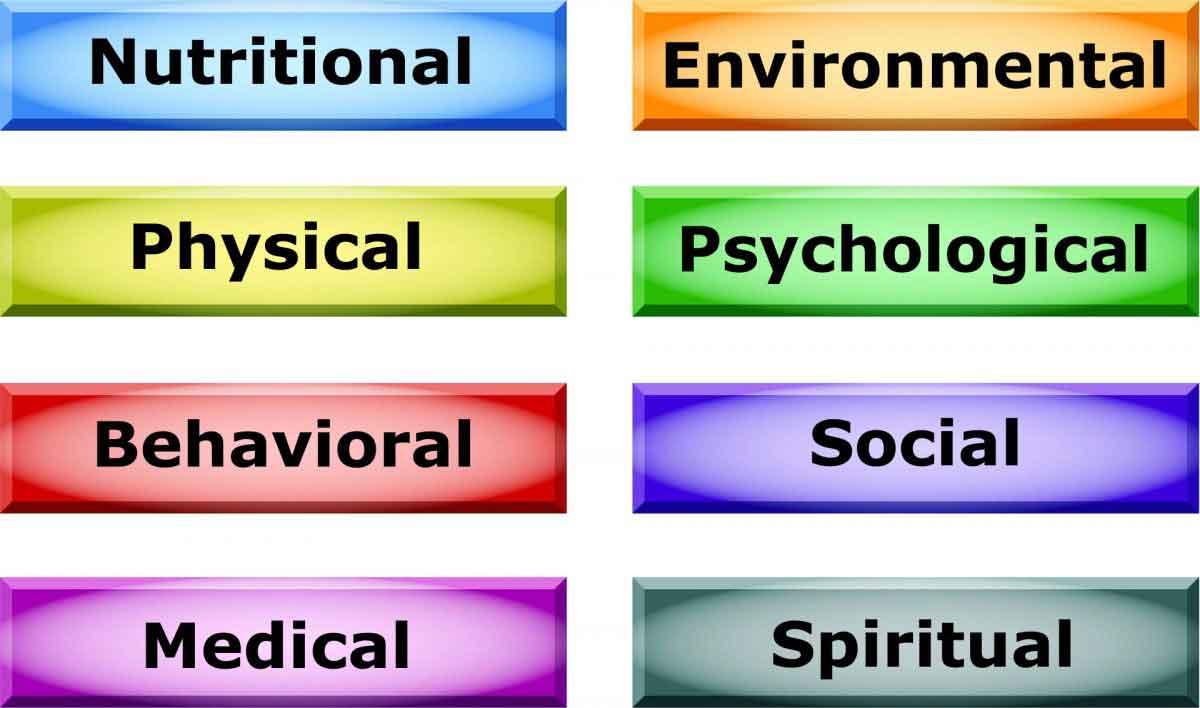
Nutritional fitness heads the list. It includes what food is available and individual choices made. Ultimately, the appropriate intake of essential nutrients determines overall health and well-being.
 Skills in specific actions are required for health fitness. Good health doesn’t just happen. Options for improvement and options for harm are always around. Choices must be made. It’s not even enough to know what’s helpful and what’s hurtful. The best choices for good health are not always the easiest or the most immediately desirable. It takes training to know how and consistent action to achieve and maintain good health.
Skills in specific actions are required for health fitness. Good health doesn’t just happen. Options for improvement and options for harm are always around. Choices must be made. It’s not even enough to know what’s helpful and what’s hurtful. The best choices for good health are not always the easiest or the most immediately desirable. It takes training to know how and consistent action to achieve and maintain good health.
Training For Good Health Fitness
Features of physical fitness like nutritional fitness have been defined by the military. Young men recruited into the 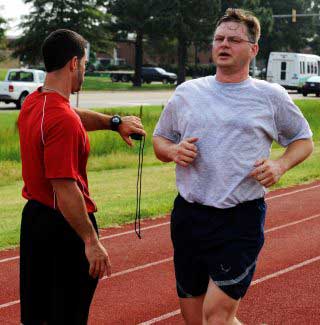 military must be able to run 2 miles in less than 16 minutes and young women in less than 19 minutes.
military must be able to run 2 miles in less than 16 minutes and young women in less than 19 minutes.
After 6 months of basic training, young men must have no more than 20% body fat and young women no more than 30%. Only about one-third of all who apply for joining the military actually meet these standards. Two-thirds fail to meet these standards.
Those in the military who gradually fail to continue meeting standards are retired. Unless their technical skills are essential to military operations and can’t be replaced. Even the military becomes frustrated by failure of many to achieve and maintain good health.
 How to measure physical fitness is something we all know. The military most of all measures push-ups, sit-ups and squats per minutes to define fitness of their recruits. They measure distance and time running to the inches and seconds. They know how to define and measure aerobic endurance and resistance strength.
How to measure physical fitness is something we all know. The military most of all measures push-ups, sit-ups and squats per minutes to define fitness of their recruits. They measure distance and time running to the inches and seconds. They know how to define and measure aerobic endurance and resistance strength.
We all know how to improve physical fitness. Few can meet military standards unless they have already trained up their skills for muscular effort. No one inexperienced in running would just go out and try to run 2 miles in 16 (or 19) minutes. The result would be painful disability of muscles and joints. We know to start slowly and work up our skill and muscular capacity for effort.
To measure and improve nutritional fitness is more difficult. We all understand defining overweight and obesity. We understand the nuances of body composition in relation to height and weight. But what is the skill we’re training? What are we trying to improve? How do we start slowly? Even the military has trouble defining and measuring skills for nutritional fitness.
Using Sugar And Fat Metabolism
In modern times among developed nations, sugar metabolism dominates our chemical functions and physical work. For two-thirds of our population, overweight  and obese, sugar metabolism operates every function, 24 hours a day. After every meal, insulin secreted in response to levels of sugar and fat in our blood clears them into muscle, liver and fat. Skeletal muscle and liver store some sugar and fat for quick release but insulin actually blocks release of fat from fat stores.
and obese, sugar metabolism operates every function, 24 hours a day. After every meal, insulin secreted in response to levels of sugar and fat in our blood clears them into muscle, liver and fat. Skeletal muscle and liver store some sugar and fat for quick release but insulin actually blocks release of fat from fat stores.
As long as sugar and fat are stimulating release of insulin, our cellular metabolism loses the ability to release energy from fat. We come to rely on sugar metabolism for almost everything. We become incapable of using fat for energy. As a result, we get hungry when sugar in our blood falls to normal resting levels.
Using fat metabolism requires restoring special skills. The ultimate objective is to transition smoothly from sugar metabolism to fat metabolism between meals and overnight. Without feeling uncomfortable from hunger that causes appetite for sugar. When there’s lots of energy stored in fat. Readily available. Just as soon as insulin levels fall low enough to allow its release.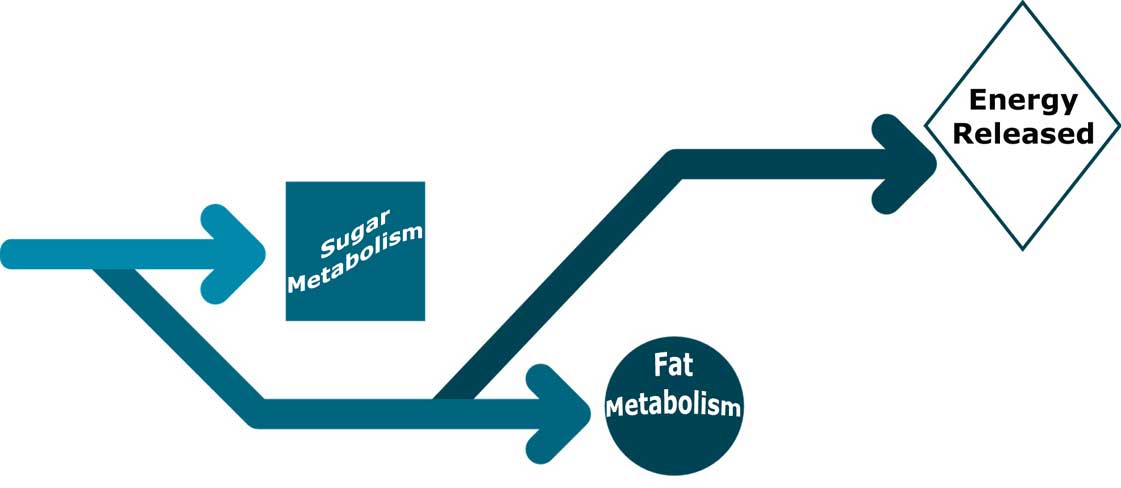 The skill required is the ability to release fat from fat stores without eliciting irresistible pangs of hunger for sugar.
The skill required is the ability to release fat from fat stores without eliciting irresistible pangs of hunger for sugar.
Training for fat metabolism is like training for running 10 miles without  stopping for a rest. Every day, you do as much as you can without serious discomfort. Taking pride in feeling hungry. All the while, your cellular metabolism keeps getting more efficient at using energy in fat released from subcutaneous stores.
stopping for a rest. Every day, you do as much as you can without serious discomfort. Taking pride in feeling hungry. All the while, your cellular metabolism keeps getting more efficient at using energy in fat released from subcutaneous stores.
Eventually, that energy from fat metabolism makes you feel good all day. Not just for a few minutes after a meal like when sugar metabolism is supplying all the energy.
Getting Started Using Fat Metabolism For Energy
The basic strategy is to use more energy for cellular metabolism and physical work than is contained in the food that’s eaten. After about 10 days, of consistently lowering food intake and increasing physical work, levels of sugar and insulin circulating in blood fall low enough to allow release of fat from fat stores.
Get started by reducing amounts of calories in food eaten by 50%. Cut  everything you eat by half (except low calorie, high fiber vegetables.) Start doing this one or two meals a day on one or two days a week. Whatever you can manage consistently for the next 6 or 8 weeks.
everything you eat by half (except low calorie, high fiber vegetables.) Start doing this one or two meals a day on one or two days a week. Whatever you can manage consistently for the next 6 or 8 weeks.
Another way is to simply not eat anything and just drink water whenever your blood sugar before breakfast, noon or evening is more than 120 mg/dL. Or 150 mg/dL. Delay your meals and snacks until your blood sugar shows some level lower than previously. Whatever you can do to get started.
If you are currently injecting insulin at night, in the morning or before meals, reduce your total daily dose by 10 or 20% whenever you measure blood sugar levels below 120 mg/dL.
Then resume limiting food intake to further reduce levels of blood sugar.
Keep measuring your basal heart rate before you get out of bed every day. As levels of sugar and insulin in your blood go down overnight, your basal heart rate will decrease. When levels of basal heart rate get down to less than 65, you can be confident you are using fat for energy while you sleep.
Summary
Nutritional fitness is basic for human function. It improves health, prevents illness and supports physical, cognitive and emotional functions. Nutritional fitness like physical fitness is a state of health achieved by good health practices undertaken daily.
Nutritional and physical fitness in the military requires young men to have no more than 20% body fat and young women no more than 30%.
Sugar metabolism dominates our chemical functions and physical work. Insulin actually blocks release of fat from fat stores.
The skill required for nutritional fitness is the ability to release fat from fat stores without eliciting irresistible pangs of hunger for sugar.
The basic strategy is to use more energy for cellular metabolism and physical work than is contained in the food that’s eaten. Delay your meals and snacks until your blood sugar shows some level lower than previously recorded at that time. Whatever you can do to get started.
Energy from fat metabolism makes you feel good all day. Not just for a few minutes after a meal like when sugar metabolism is supplying all the energy.
Let us help you train your cellular metabolism to use fat for energy between meals and overnight.
 We are pleased to share our blog articles with you, and we are always interested to hear from our readers. Our website address is: www.herdhealthcare.com
We are pleased to share our blog articles with you, and we are always interested to hear from our readers. Our website address is: www.herdhealthcare.com




